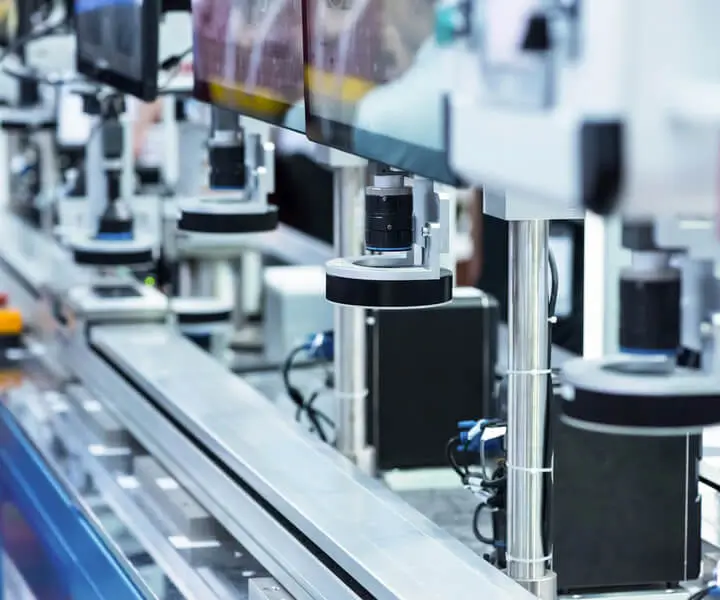Are you tired of your old, sluggish drill struggling through tough materials? Or maybe you’re just curious about what kind of motor powers that dream power tool? Let’s talk brushed vs. brushless motors—trust me, this isn’t just some geeky gearhead chat, it’s the kind of thing that can save you time, money, and frustration when picking out your next drill.

Picture this: You’re fixing up your garage, or maybe tackling a DIY project that’s been piling up. You grab your drill, but then you notice it’s kind of loud, maybe heats up pretty quick, and the battery doesn’t last as long as it used to. Well, those issues are often tied directly to what’s inside the motor. The classic brushed motor has served its purpose for ages—think of it like the trusty old sedan you’ve driven forever: reliable but showing its age with each mile.
But wait, what's the fuss about brushless motors? They sound fancy, but really, they’re just smarter. Instead of brushes rubbing against a commutator, they use electronic controls to guide the motor. This means less friction—less heat, less wear. And because there are fewer moving parts, they last longer and require less maintenance. Plus, they’re more efficient, giving you more power and longer runtime without draining the battery like crazy.
Imagine working through a stubborn screw in hardwood. With a brushed drill, you might notice it struggling or even stalling if the load gets tough. The brushless counterpart? It smoothly maintains power, handles tough materials with ease, and keeps running longer. Maybe it’s a small thing, but it’s the kind of upgrade that makes a real difference, especially when you’re on a tight schedule or tackling big projects.
Here's a question often asked—do brushless drills cost more? Initially, yes. But consider the savings on replacement brushes, the increased battery life, and durability. Over time, that extra investment pays off, especially for those who put their tools through constant use.
Let’s talk about control and precision. Brushless motors tend to be more responsive. The electronics allow for better speed regulation and torque delivery, meaning you get a smoother operation. That’s crucial when you’re dealing with delicate tasks or needing consistent power.
To sum it up, if you’re asking yourself whether to go brushless or stick with brushed motors, you’re balancing immediate costs against long-term performance. Brushless tools handle tougher jobs, last longer, and save you time and headaches. If you want a perfect mix of power, durability, and efficiency, it’s a no-brainer.
Want to keep your projects flowing smoothly? Dive into the world of brushless drill technology—you may be surprised at how much difference a smarter motor can make. When you’re ready for a power upgrade, a brushless model might just be the smartest move you make this year.
Kpower has delivered professional drive system solutions to over 500 enterprise clients globally with products covering various fields such as Smart Home Systems, Automatic Electronics, Robotics, Precision Agriculture, Drones, and Industrial Automation.




































